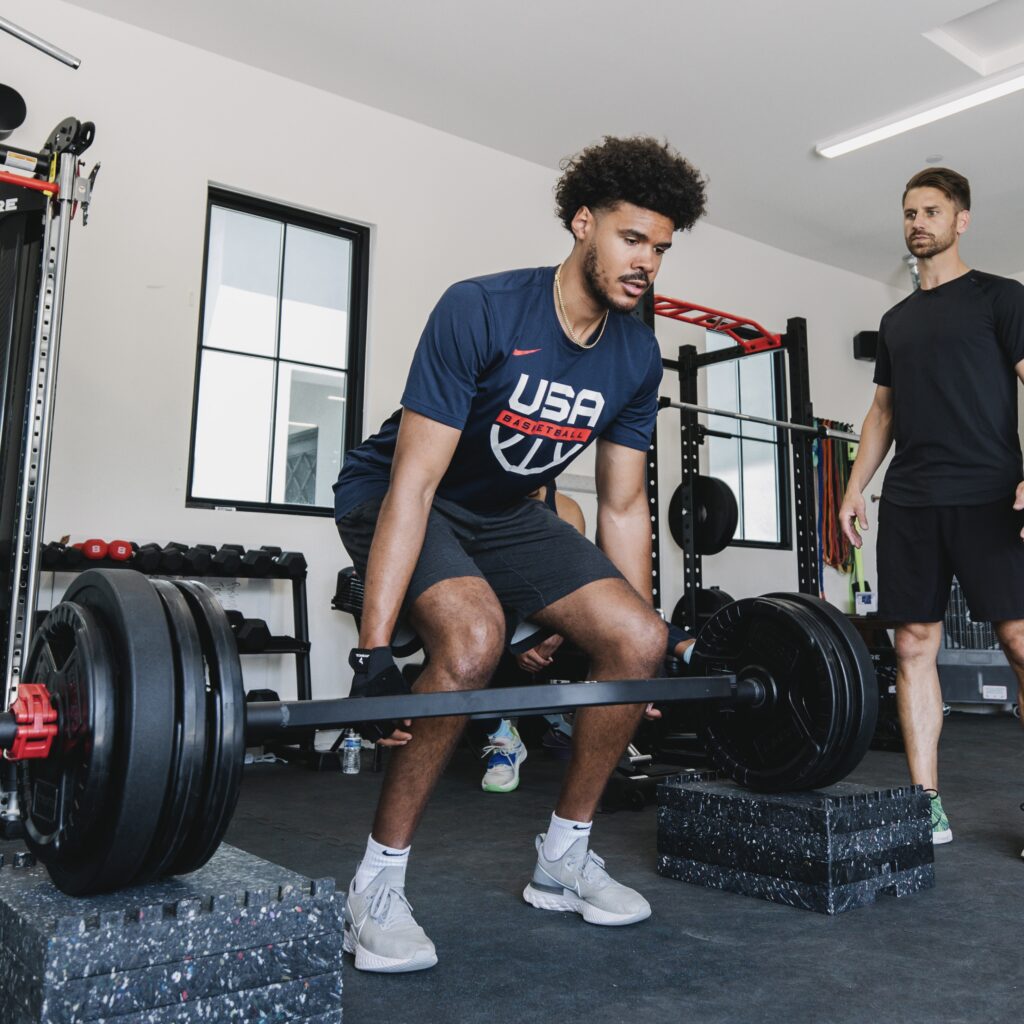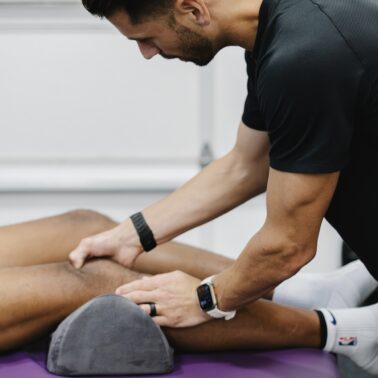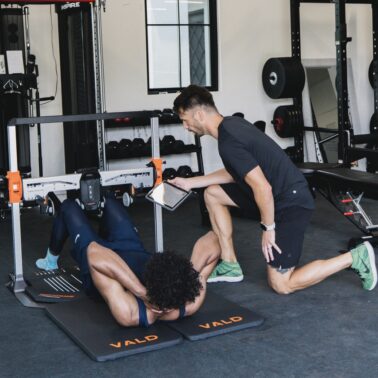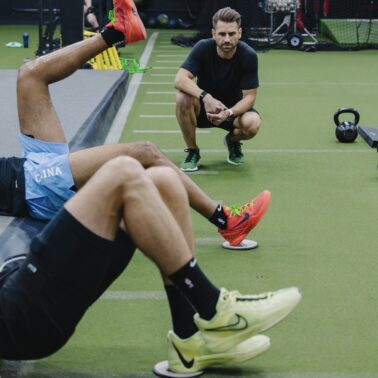Approximate Read Time: 14 Minutes
“Stress leaves signatures on our bodies—whether in muscle, bone, or posture. Hypertrophy is more than size; it’s the story of how tissue adapts, survives, and thrives.”
What You Will Learn
- How stress drives hypertrophy beyond muscle growth
- The science behind mechanical and metabolic pathways
- Why posture and injury risk reflect tissue adaptation
Hypertrophy as the Body’s Handwriting
Every tissue in the human body leaves a record of its past. Muscles thicken and swell in response to tension. Bones remodel along the lines of stress. Postures emerge not from accident but from the accumulation of hours in chairs, gyms, fields, and courts. To a trained eye, hypertrophy is not just muscle growth—it is handwriting. It tells a story of exposure, compensation, and sometimes even pathology.
In sports science and strength training, hypertrophy has often been reduced to “bigger muscles.” Hypertrophy is far more than a cosmetic or even strength-related outcome. It is a lens through which we can interpret adaptation: how the body tolerates stress, how it compensates under repetitive demand, and where it may be vulnerable to breakdown.
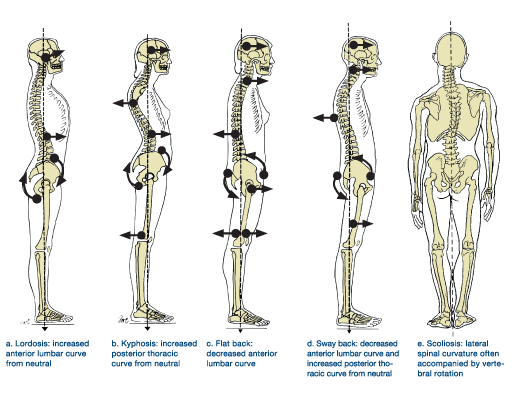
The concepts of hypertrophy, the SAID principle (Specific Adaptations to Imposed Demands), and Wolff’s Law form a triad that explains how tissues adapt to stress. Together they create a framework that helps us understand muscle growth, bone remodeling, and the postural signatures written into the body over time. Modern research now provides data on how mechanical and metabolic pathways trigger hypertrophy, how volume dictates magnitude of growth, and how different models of periodization amplify or blunt these responses (Schoenfeld et al., 2016; Bartolomei et al., 2014; Moesgaard et al., 2022).
The story of hypertrophy is not simply about growth. It is about stress, and the way stress sculpts posture, performance, and health.
Defining Hypertrophy: Two Stories of Growth
The classic definition of hypertrophy is simple: it is an increase in the size of a tissue, most commonly skeletal muscle. But the mechanism of hypertrophy is more complex than a single pathway. Two primary types are frequently discussed in the literature—myofibrillar hypertrophy and sarcoplasmic hypertrophy.
Myofibrillar hypertrophy describes an increase in the number and size of contractile proteins (actin and myosin) inside muscle fibers. This form of growth translates directly to greater force production. It is often driven by heavy loads, lower repetitions, and significant eccentric tension. The adaptation creates denser, stronger muscle fibers capable of producing higher peak forces.
Sarcoplasmic hypertrophy refers to an increase in the volume of non-contractile components of the muscle cell—the sarcoplasm, glycogen stores, mitochondria, and fluid content. This form of hypertrophy is less directly tied to maximal force but increases the muscle’s work capacity. Sarcoplasmic hypertrophy is most associated with moderate loads, higher repetitions, and shorter rest intervals, where metabolic demand is high.
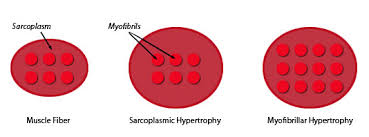
Both forms of hypertrophy occur in response to training. They exist along a spectrum rather than in isolation. A powerlifter squatting heavy triples is biased toward myofibrillar hypertrophy, while a bodybuilder grinding 15-rep sets may drive more sarcoplasmic expansion. Yet in practice, both contribute to the structural and functional qualities of muscle.
Research shows that skeletal muscle is remarkably plastic, and the magnitude of growth is directly tied to training volume. A meta-analysis by Schoenfeld, Ogborn, and Krieger (2016) reported a graded, dose-response relationship between weekly set volume and muscle hypertrophy. Each additional weekly set per muscle group increased effect size by 0.023, equating to an additional 0.37% hypertrophy. Performing 10 or more sets per week yielded nearly double the gains (9.8%) compared to less than five weekly sets (5.4%).
Mechanical and Metabolic Pathways
How does stress trigger growth? Two primary mechanisms dominate the discussion: mechanical stress and metabolic stress.
Mechanical stress arises when muscle fibers are placed under high tension, especially during eccentric contractions. This mechanical load distorts the sarcomeres, activating mechanoreceptors that initiate protein synthesis through pathways such as mTORC1. The repeated tearing and repairing of myofibrils stimulate satellite cells, which fuse with muscle fibers and increase their capacity to generate force.
Metabolic stress emerges when exercise restricts oxygen availability, accelerates metabolite accumulation, and swells the muscle cell. This environment—common in high-repetition training, short rest periods, or with techniques such as blood flow restriction (BFR)—triggers hormonal responses and anabolic signaling cascades that drive hypertrophy even at relatively low loads.
“Research shows hypertrophy follows a dose-response curve: higher training volume creates greater growth (Schoenfeld et al., 2016).”
The research is unambiguous: both mechanical and metabolic stress can stimulate hypertrophy, but their relative influence differs depending on training load and context. In untrained populations, metabolic stress produced by low-load BFR training can be just as effective for hypertrophy as traditional heavy lifting (Schoenfeld et al., 2019). In trained populations, however, higher mechanical stress is usually necessary to produce significant new growth (Schoenfeld et al., 2019).
This dual-pathway understanding is critical in performance therapy. For an ACL patient early in rehab, heavy loading may not be possible. But metabolic stress via low-load BFR provides a safe and effective hypertrophy stimulus. For an elite sprinter preparing for competition, eccentric overload is essential to trigger mechanical stress adaptations that build tendon stiffness and sprint-specific force capacity.
Stress is the trigger. The pathway depends on the context.
The SAID Principle: Adaptation with Precision
If hypertrophy explains how muscles grow, the SAID principle explains why growth is specific. The body adapts specifically to the demands imposed upon it. This principle is simple in theory but profound in practice.
Repeatedly expose the shoulder to maximal external rotation, as baseball pitchers do, and the humerus itself remodels, increasing retroversion. The adaptation allows more layback during throwing but decreases internal rotation.

In basketball players, years of landing and jumping create hypertrophy of the quadriceps tendon insertion at the tibial tuberosity. For a desk worker, the chronic demand is simply sitting in flexion; over time, the spine adapts with increased thoracic kyphosis and shortened anterior tissues.
The SAID principle reminds us that hypertrophy is not universal. It is contextual. A powerlifter’s hypertrophy will look different from a marathoner’s. A desk worker’s hypertrophy will not mirror an athlete’s. The muscle, bone, and connective tissue adapt to the stress they are given, not the stress we imagine.
This specificity has been borne out in research on periodization. Bartolomei et al. (2014) compared traditional and block periodized training programs in trained athletes. Both groups performed the same exercises with the same total volume. The only difference was how intensity and volume were distributed.
After 15 weeks, the block periodization group showed greater improvements in bench press power and a more favorable shift in the force-velocity curve. The SAID principle explains why: the block structure concentrated stress on hypertrophy, then strength, then power, allowing adaptations to build sequentially rather than compete simultaneously.
In human performance, hypertrophy becomes a diagnostic map, revealing posture, movement imbalances, and potential injury risk.”
For rehabilitation and physical therapy, the lesson is the same. Specificity matters. An athlete recovering from an ankle sprain must restore proprioception, mobility, and strength through tasks that mimic the stresses of walking, running, and cutting. A soccer player rehabbing patellar tendinopathy cannot rely on generic strengthening; they require eccentric quadriceps loading and sport-specific plyometric demands to restore tissue tolerance.
The body adapts to what it does most. The SAID principle simply formalizes this truth.
Wolff’s Law: The Bone’s Adaptation
If the SAID principle governs muscles, Wolff’s Law governs bones. Bone is not inert scaffolding; it is a living tissue, continuously remodeling in response to stress. Apply load and bone thickens. Remove load and bone thins.
In weight-bearing athletes, Wolff’s Law explains increased cortical density in the tibia, hypertrophied medial epicondyles in throwers, and asymmetrical humeral torsion in racquet sport players. These adaptations often enhance performance by redistributing forces more efficiently. But they can also predispose athletes to altered alignment and abnormal joint loading.
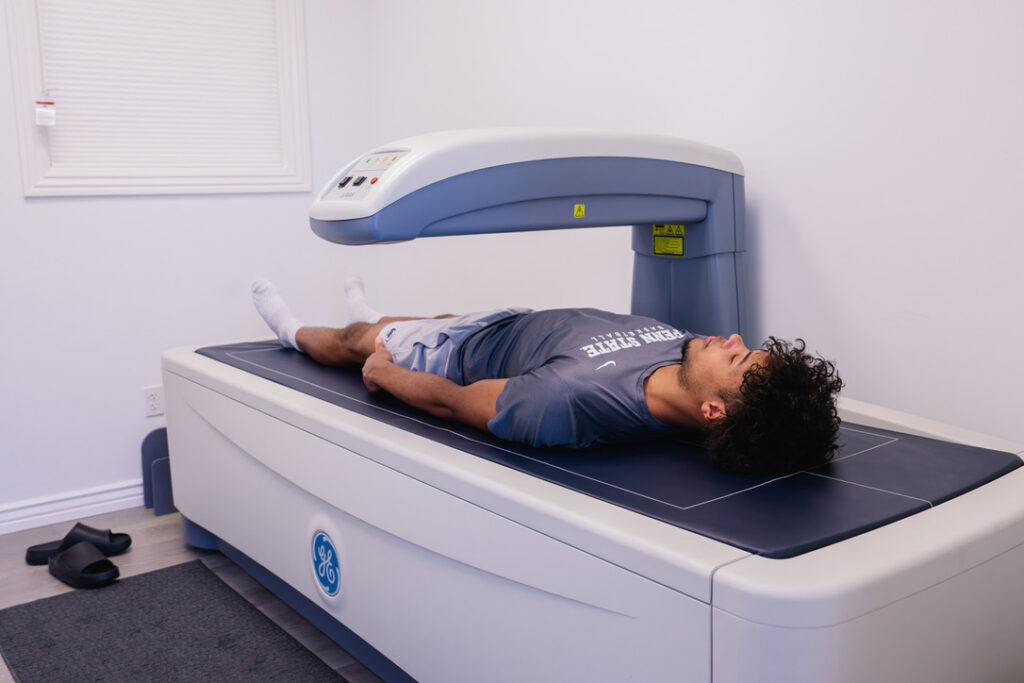
Research supports the principle’s power. Periodized resistance training has been shown to increase bone mineral density in older adults, especially in the spine and hip, reducing osteoporosis risk (Issurin, 2016). In athletes, bone responds to impact and eccentric forces, underscoring why plyometrics and sprinting remain essential not just for performance but for skeletal adaptation.
Wolff’s Law is also central in rehabilitation. Stress fractures are not healed by rest alone; they remodel when mechanical stress is gradually reintroduced. Low-intensity pulsed ultrasound (LIPUS) is used clinically to stimulate osteogenesis by applying micro-mechanical stress at the site of injury. Even in bone healing, stress is the craftsman.
For physical therapists and coaches, the implication is clear: training does not just build muscle; it sculpts bone.
Hypertrophy as a Map of Posture and Risk
Hypertrophy provides more than strength—it provides clues. Unlike neural drive or tendon stiffness, hypertrophy is visible. It is a map.
Consider the lifter with hypertrophied pecs but limited horizontal abduction. The muscle itself reveals the adaptation: overdeveloped anterior tissue that alters posture and restricts motion. Or the soccer player with disproportionately large quadriceps and underdeveloped hamstrings. The imbalance suggests increased ACL risk, with quads dominating knee extension while hamstrings fail to stabilize against anterior tibial translation.
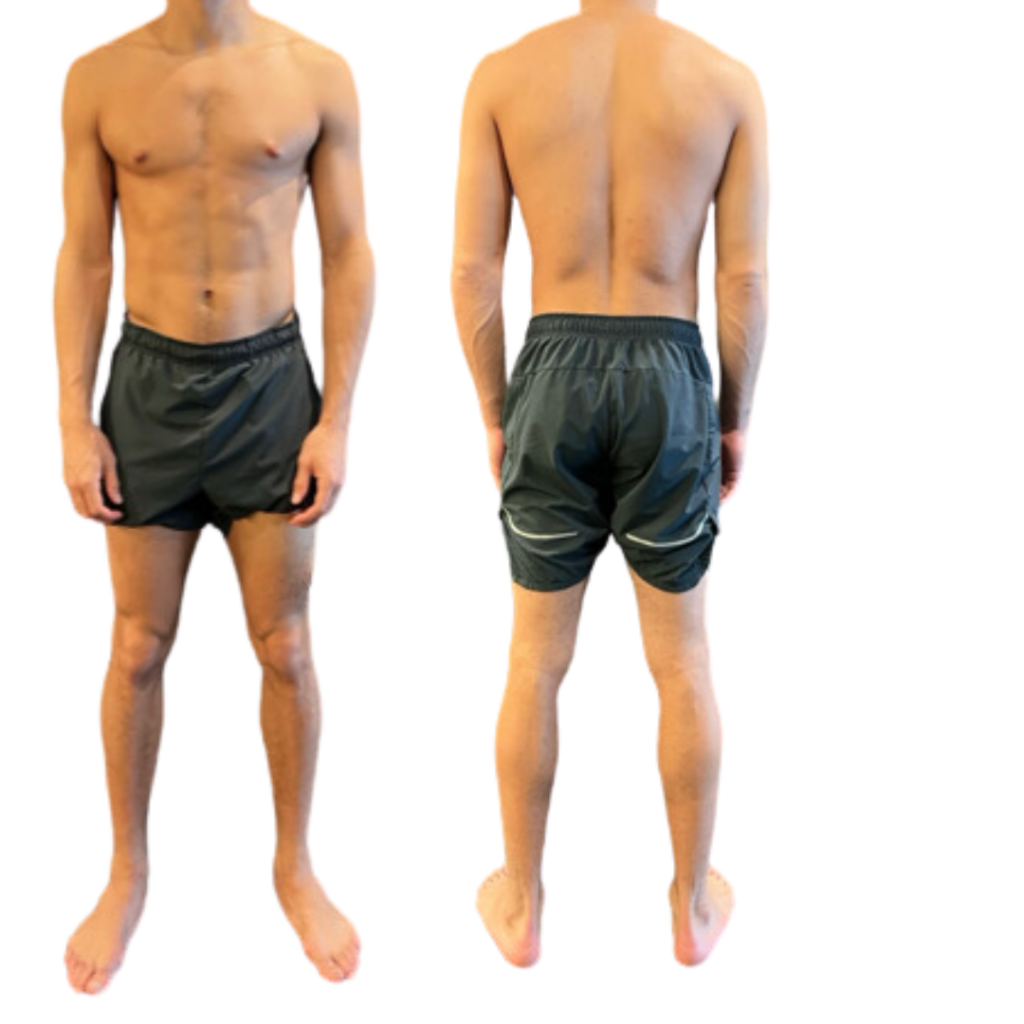
Even outside sport, hypertrophy reveals posture. The office worker with tight hip flexors and diminished gluteal mass presents with anterior pelvic tilt. The tissue tells the story without words.
But hypertrophy is not inherently good or bad. It is simply an adaptation. For some, it stabilizes joints and supports performance. For others, it exaggerates imbalances and creates dysfunction. The role of the physical therapist or coach is not to celebrate hypertrophy blindly, but to interpret it—asking whether it represents balance or imbalance, resilience or risk.
Periodization and Hypertrophy: Evidence from Research
The question then becomes: how do we direct hypertrophy? How do we shape it intentionally, rather than reactively? This is where periodization enters the picture.
Periodization is the systematic organization of training variables. It includes 3 key variables – volume, intensity, frequency, and exercise selection. Research has long debated which model is most effective with models such as Block, Undulating, and Microdosing gaining popular traction in recent years.
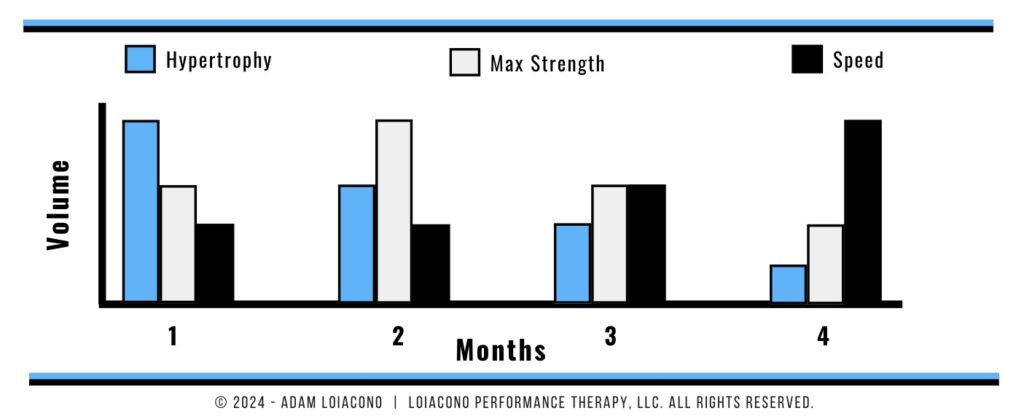
Painter et al. (2012) compared block and daily undulating periodization (DUP) in Division I track and field athletes. While both groups improved, block periodization proved more efficient: athletes in the block group achieved greater strength gains per unit of training volume. Efficiency matters in high-performance sport, where recovery and competition scheduling are constant constraints.
Moesgaard et al. (2022) conducted a systematic review and meta-analysis on periodization in volume-equated programs. Their analysis showed that periodized training produces greater improvements in maximal strength compared to non-periodized training, but not necessarily greater hypertrophy. Interestingly, undulating models appeared superior to linear models for strength development in trained individuals, likely due to their greater variation in stress exposure. For hypertrophy, however, volume remained the dominant driver.
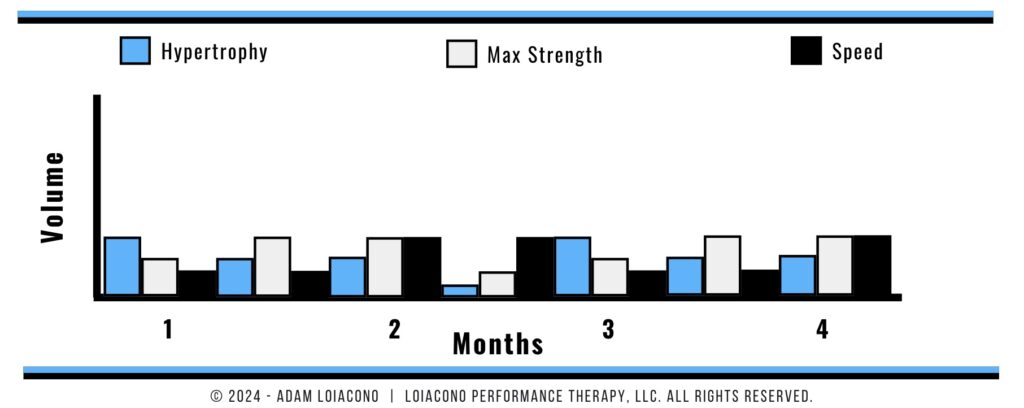
This body of research suggests that while hypertrophy is primarily a function of total volume, strength and power adaptations require thoughtful manipulation of intensity and variation. In other words: hypertrophy is the foundation, but periodization determines how that foundation is used.
Hypertrophy as Diagnosis
Consider a 28-year-old female soccer player presenting with chronic patellofemoral pain. On observation, her quadriceps—particularly the vastus lateralis—are visibly hypertrophied. Her hamstrings and gluteals, by contrast, appear underdeveloped. Posture shows anterior pelvic tilt; single-leg landing reveals dynamic valgus.
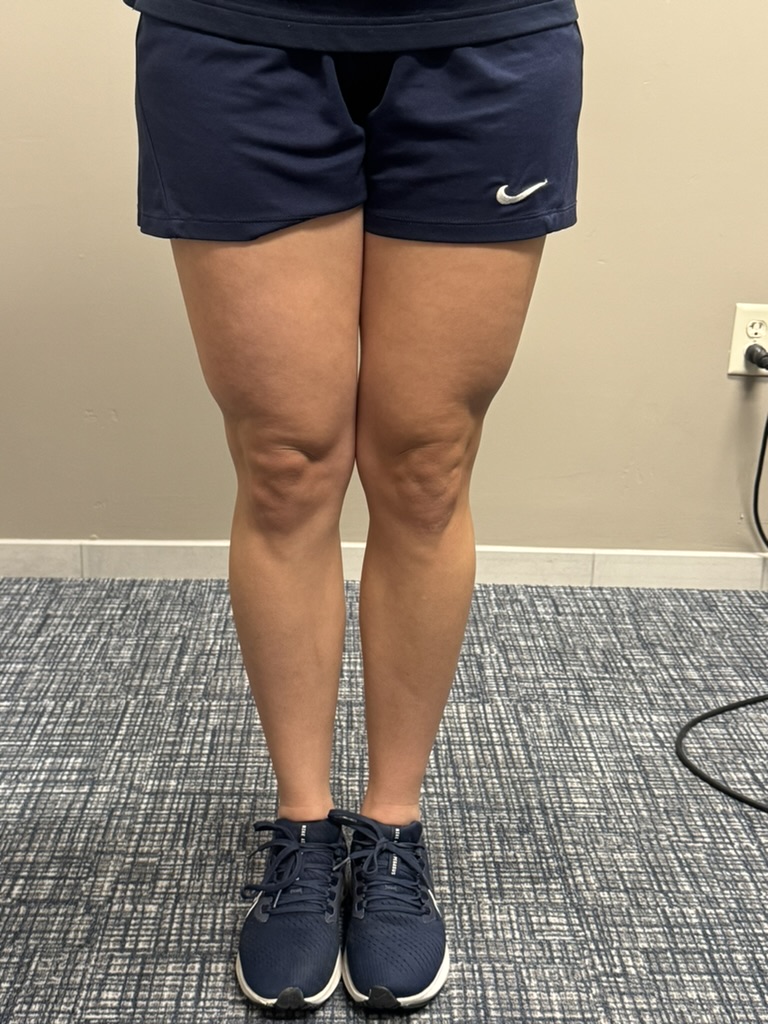
The hypertrophy itself is diagnostic. Her quads tell the story of repetitive dominant loading. Her hamstrings and glutes reveal neglect. Her pelvic position reflects imbalance between hip flexors and extensors.
The intervention plan follows the map:
- Early stage: metabolic stress strategies such as low-load eccentric hamstring and glute work to safely stimulate growth.
- Mid stage: mechanical stress with heavy RDLs and hip thrusts, emphasizing eccentric control.
- Late stage: plyometric drills and cutting maneuvers to reintroduce sport-specific stress.
The hypertrophy in her quadriceps was not the problem. The imbalance was. Reading the tissue allows us to understand not just what was wrong but how it had developed.
Stress as Medicine, Hypertrophy as Story
Hypertrophy is more than an increase in size. It is a visible, measurable record of stress. Through mechanical and metabolic pathways, it tells us how muscles adapt. Through the SAID principle, it reminds us that adaptations are specific. Through Wolff’s Law, it shows that even bone is reshaped by stress.
The research is clear. Volume drives hypertrophy (Schoenfeld et al., 2016). Higher volumes in trained men produce greater muscle growth, even if strength remains similar (Schoenfeld et al., 2019). Block periodization enhances power adaptations compared to traditional models (Bartolomei et al., 2014). Undulating periodization may be most efficient for strength in trained athletes (Moesgaard et al., 2022).
For therapists, hypertrophy is a diagnostic map. For coaches, it is a programming lever. For active adults, it is a reminder that every rep, step, and hour of posture is sculpting tissue.
Free Download
Read More Like This
Related Podcasts
References
Bartolomei S, Hoffman JR, Merni F, Stout JR. A comparison of traditional and block periodized strength training programs in trained athletes. J Strength Cond Res. 2014;28(4):990–997.
Moesgaard L, Beck M, Christiansen L, Aagaard P, Lundbye-Jensen J. Effects of periodization on strength and muscle hypertrophy in volume-equated resistance training programs: a systematic review and meta-analysis. Sports Med. 2022;52(7):1323–1342.
Painter KB, Haff GG, Ramsey MW, McBride JM, Triplett NT, Sands WA, Lamont HS, Stone ME, Stone MH. Strength gains: block versus daily undulating periodization weight training among track and field athletes. Int J Sports Physiol Perform. 2012;7(2):161–169.
Schoenfeld BJ, Contreras B, Krieger J, Grgic J, Delcastillo K, Belliard R, Alto A. Resistance training volume enhances muscle hypertrophy but not strength in trained men. Med Sci Sports Exerc. 2019;51(1):94–103.
Schoenfeld BJ, Ogborn D, Krieger JW. Dose-response relationship between weekly resistance training volume and increases in muscle mass: a systematic review and meta-analysis. J Sports Sci. 2016;35(11):1073–1082.
Issurin VB. Benefits and limitations of block periodized training approaches to athletes’ preparation: a review. Sports Med. 2016;46(3):329–338.
